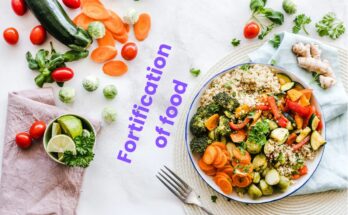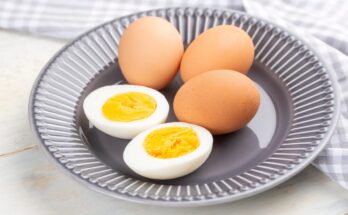Milk and its products are a big part of our daily diet. But how much do we really know about them? Let’s break down some important facts in a simple way.
1. What is SNF and Total Solids in Milk?
SNF stands for Solids-Not-Fat — the part of milk that includes proteins, sugars (mainly lactose), and minerals (like calcium and phosphorus). It doesn’t include fat or water.
When we add the milk fat to SNF, we get what’s called total solids.
For example:
Standardized milk contains 4.5% fat and 8.5% SNF, making the total solids 13%.
2. What is Ice Cream?
Ice cream is a frozen dairy product made from milk or milk-based ingredients. It’s sweetened and churned with air to give it a light texture. It must be pasteurized (heated to kill harmful bacteria) and can be frozen hard or kept soft (like softy ice cream).
3. What is a Frozen Dessert?
Frozen Dessert (also called Frozen Confection) is similar to ice cream, but instead of milk fat, it uses edible vegetable oils or fats (like palm oil). It may still have some milk solids, sweeteners, and air added for texture.
4. What’s the Difference Between Ice Cream and Frozen Dessert?
While they look and taste very similar, the main difference is the type of fat used:
Ice Cream = made with milk fat
Frozen Dessert = made with vegetable fat/oil
Both follow strict food safety standards, but check the label to know which one you’re buying!
5. What Should You Look for on the Label?
Because frozen desserts and ice creams are so alike, it can be tricky to tell them apart. Always read the label carefully.
For Frozen Desserts, the label should clearly mention:
“Contains …% Milk Fat, Edible Vegetable Oil, Vegetable Fat, and Vegetable Protein Product” (strike off whatever is not used).
Also, the product must be named Frozen Dessert or Frozen Confection, not ice cream.
6. What is Lactose Intolerance?
Lactose is the natural sugar found in milk. To digest it, your body needs an enzyme called lactase (or beta-galactosidase).
Some people don’t produce enough of this enzyme, so lactose stays undigested. This can cause:
Bloating
Gas
Stomach pain
Diarrhea
This condition is called lactose intolerance.
7. What is Lactose-Free Milk?
Lactose-free milk is regular milk that has had most or all of the lactose removed or broken down using special enzymes. It tastes slightly sweeter but is easier to digest for people with lactose intolerance.
Conclusion:
Milk and its products come in many forms — each made to suit different needs and preferences. Understanding what you’re eating or drinking helps you make better and healthier choices!




